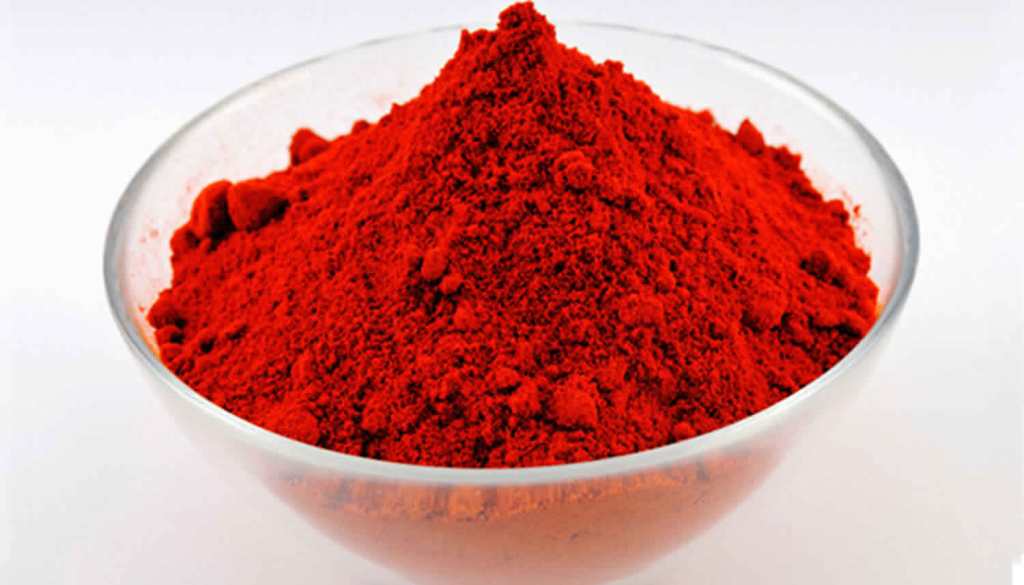Cochineal dye, derived from the crushed bodies of the female cochineal insect, has a rich history that dates back thousands of years. Used by various civilizations throughout history, this natural dye has been prized for its vibrant red color and versatility. In recent years, there has been a resurgence in interest surrounding cochineal dye as people become more conscious of using sustainable and eco-friendly materials. In this article, we will delve into the fascinating world of cochineal dye, exploring its origins, production process, applications, and why it is gaining popularity among those living a rural lifestyle and homesteading.
Originating from Mexico and Central America where it was first cultivated by the Aztecs and Mayans, cochineal insects were highly valued for their intense red pigment. These tiny scale insects are found on specific species of cacti known as Opuntia or prickly pear. The insect feeds on the cactus sap while producing carminic acid as a defense mechanism against predators.
To harvest cochineal insects for dye production requires meticulous care and attention to detail. The bugs are carefully brushed off the cacti pads without harming them before being dried in sunlight or through artificial methods such as kiln drying. Once dried, they can be ground into powder form or sold directly to dyers.
The unique chemical composition of carminic acid found in these insects makes cochineal dye highly sought after for its ability to produce vivid colors across a wide range of fabrics and materials. From wool to silk to cotton, cochineal can create shades ranging from soft pinks to deep purples depending on mordants used during the dying process.
One advantage that makes cochineal dye particularly appealing to those living a rural lifestyle is its sustainability factor. Unlike synthetic dyes made from petroleum-based chemicals that add pollutants into our environment during production and disposal processes, cochineal is completely natural and biodegradable. Choosing cochineal dye allows homesteaders to reduce their environmental impact while still enjoying vibrant and long-lasting color in their textiles.
Another reason why cochineal dye is gaining popularity among rural living enthusiasts is the potential for self-sufficiency it offers. By growing prickly pear cacti or purchasing dried insects, individuals can produce their own dye at home, eliminating the need for store-bought synthetic dyes. This not only saves money but also provides a rewarding hands-on experience that aligns with the principles of homesteading.
Cochineal dye has an extensive range of applications beyond textiles as well. It is widely used in food and cosmetics industries due to its natural properties and safety profile. In the food industry, it adds a vibrant red hue to beverages, candies, yogurts, and even meat products like sausages. In cosmetics, cochineal-based dyes are used in lipsticks, blushes, and nail polishes as a safe alternative to artificial colorants.
For those interested in experimenting with cochineal dye on their homesteads or rural properties, there are several resources available online that provide detailed instructions on how to prepare the dye baths and achieve desired colors on different types of fibers. Additionally, workshops and courses may be offered locally by artisans or organizations passionate about preserving traditional dyeing techniques.
However, it’s important to note that individuals with allergies to insect-derived products should exercise caution when using cochineal dye. While rare allergic reactions have been reported after exposure to this natural pigment, it is always advisable to perform a patch test before applying any new substance directly onto your skin.
In conclusion, cochineal dye offers an exciting opportunity for those living a rural lifestyle or practicing homesteading activities to explore sustainable alternatives in textile production and other creative endeavors such as food coloring or cosmetics making. With its rich history rooted in ancient civilizations combined with its eco-friendly and versatile nature, cochineal dye stands as a remarkable option for those seeking to embrace natural and traditional practices while adding vibrant colors to their lives.


Leave a comment